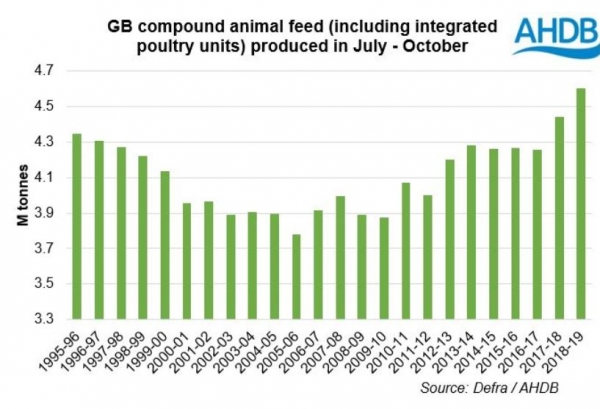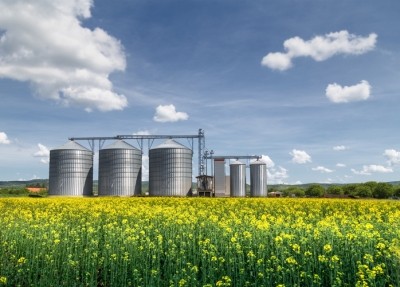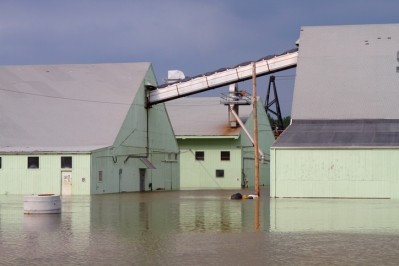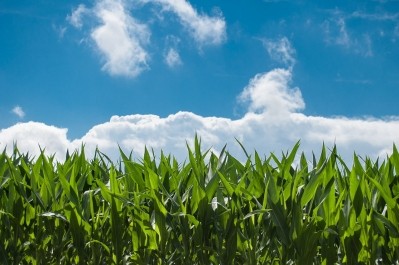Hike in ruminant feed output, record production overall in UK
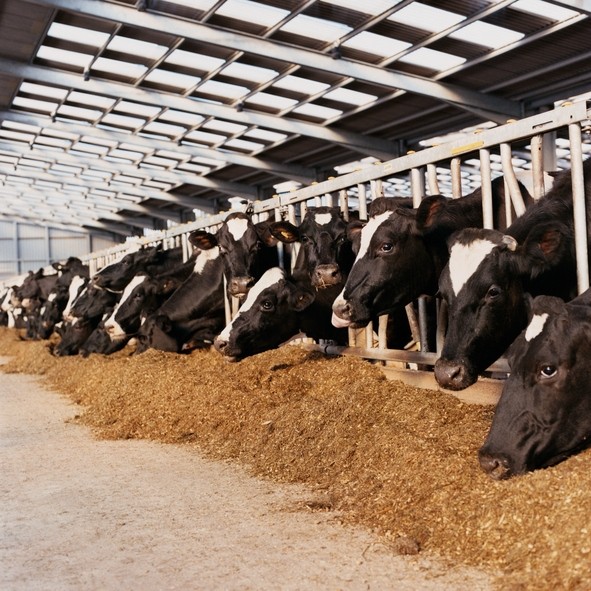
The increase, said the UK market specialists, has been mainly driven by ruminants and to an extent poultry, while pig feed production has been down.
At 1.13Mt, UK compound animal feed production, including by integrated poultry units, in October 2018 was 2% higher on the year, shows the report.
Looking at the various segments, feed production was up 2.8% for poultry (including integrated poultry units), 2.2% for sheep, 2% for cattle and calves and down 1.4% for pigs compared to October 2017, said the team.
Season to date (Jul-October 2018) feed production was up to 4.60Mt in the UK; that was 4% more than the same period in 2017/18, said AHDB. The analysts said that was also the highest amount of feed produced at this point in the season in that market since records began in 1995/96.
From July to October, the data shows, in terms of segments, UK compound feed production was up 31.2% for sheep, 6.8% for cattle and calves, 2% for poultry (including integrated poultry units) and down 3.1% for pigs, compared to the same period in 2017/18.
“It’s no surprise that ruminant feed output has been on the rise, after the hot and dry weather during the summer months adversely affected forage production, as well as well as pasture conditions,” noted the analysts.
As regards the cereals used in that record feed production (Jul-Oct), AHDB recorded wheat usage at 1.62Mt, 4% more than year earlier and the highest on record. Maize usage is up 35% on the season to 148Kt, while barley demand is down 8% to 363Kt, as per the data.
Slow-down seen
AHDB, in its latest cereal supply and demand estimates for 2018-2019, forecast that the continuing rise in ruminant feed output, driven by adverse conditions in the summer, would slow somewhat, citing easing concerns around winter forage availability
“However, this is very much dependant on conditions over the winter and spring.”
While pig feed output has been decreasing so far this season, the analysts predicted the rate of decline would slow as the season progresses. “This is due to pig production patterns returning back to more usual levels, following the long period of hot weather earlier in the year.”
While domestic consumption of wheat is predicted to ease slightly in 2018/19, a larger fall in total availability has led to the forecast wheat balance tightening for the third consecutive year, said the analysts.
They forecast that maize imports would rise, driven by strong animal feed demand.
